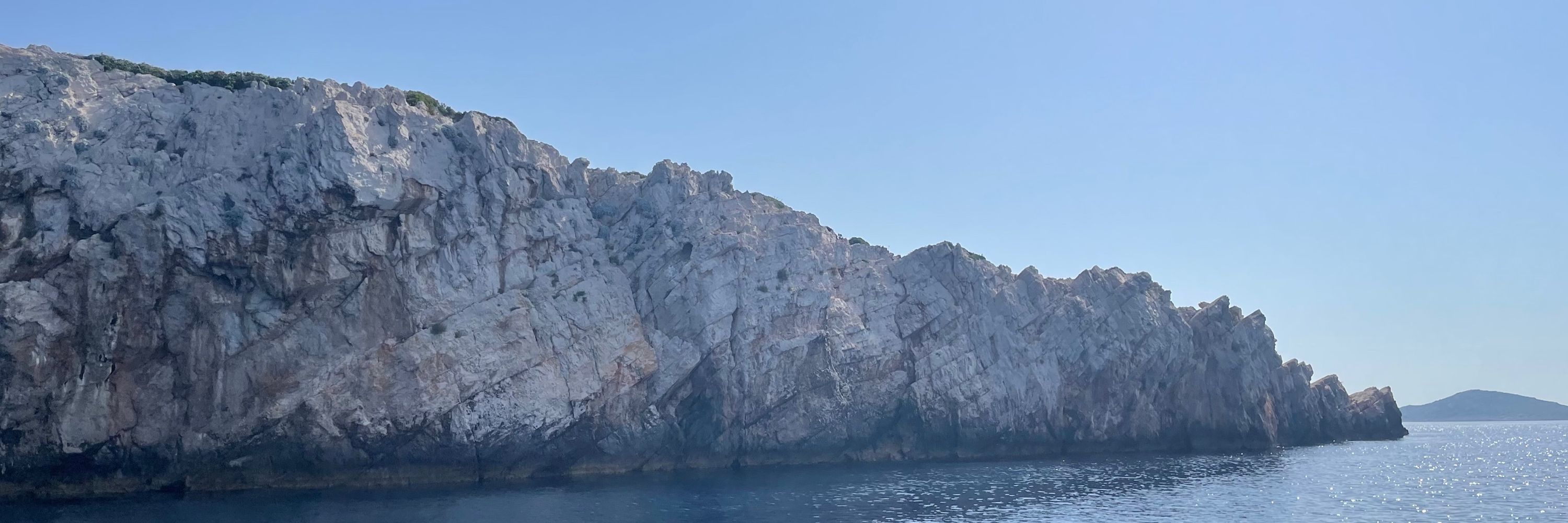Chloe Girard, PhD
@chloegirard.bsky.social
1.3K followers
1.1K following
420 posts
Personally done with meiosis I. Professionally in love with it.
Permanent researcher at I2BC 🇫🇷 Arabidopsis 🌱 Sordaria 🍄 Genetics/Genomics 🧬 Fixed and live imaging 🔬.
#meiosis4ever her/she
Posts
Media
Videos
Starter Packs
Pinned










